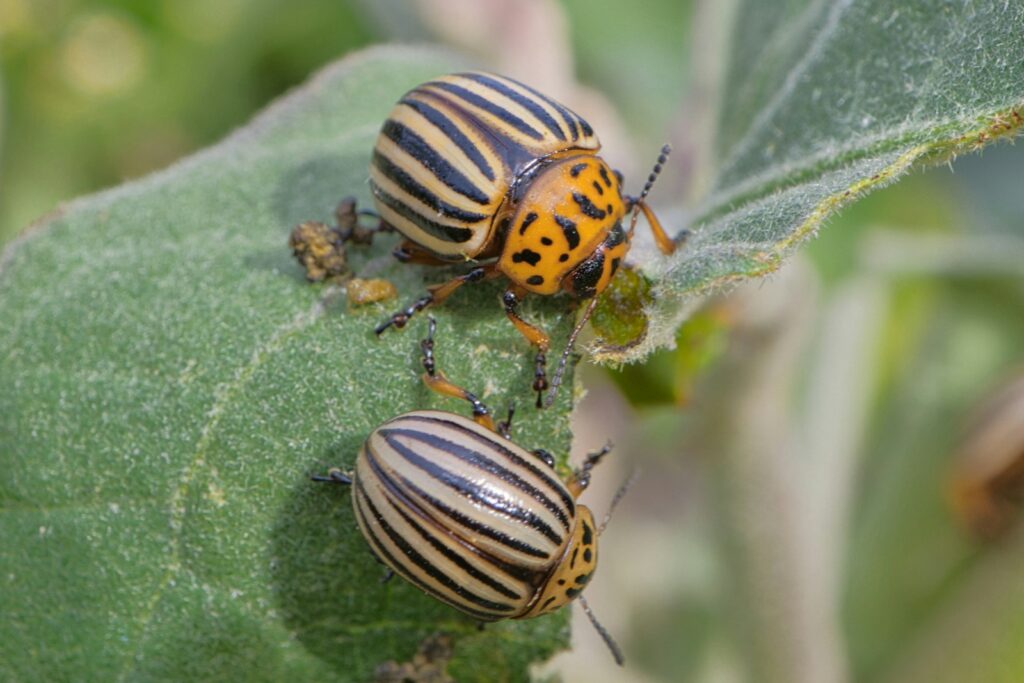Effective Pest Control: Protecting Your Home and Health
Pest control is a critical aspect of maintaining a clean, safe, and comfortable living environment. Pests, ranging from insects like ants, cockroaches, and bed bugs to rodents such as mice and rats, pose significant risks to both property and human health. Understanding the types of pests, their behaviors, and the best methods to control them can save homeowners time, money, and stress.
Common Household Pests
1. Insects: Cockroaches, ants, termites, and bed bugs are among the most common household insects. Cockroaches can spread bacteria and trigger allergies, while ants may invade kitchens in search of food. Termites are particularly dangerous because they silently damage wooden structures, sometimes causing thousands of dollars in repairs. Bed bugs, known for feeding on human blood, can cause itchy bites and disrupt sleep.
2. Rodents: Mice and rats are not just nuisances; they carry diseases such as Hantavirus and Salmonella. They can also chew through wires, insulation, and furniture, creating fire hazards and costly damage.
3. Wildlife Intruders: Squirrels, raccoons, and birds occasionally invade homes, especially attics and chimneys. While they might seem harmless, they can damage property, leave droppings, and introduce parasites.
Signs of an Infestation
Early detection is crucial. Common signs include droppings, gnaw marks, nests, unusual odors, or damaged food packaging. For insects, shedding skins or visible eggs are often clues. Noticing these warning signs early allows for faster and more effective control.
Pest Control Methods
There are several strategies for pest management, ranging from prevention to chemical treatments:
1. Preventive Measures: Prevention is always better than cure. Keep food in sealed containers, fix leaky pipes, maintain clean kitchens, and seal entry points like cracks and gaps. Landscaping plays a role too—keeping trees and bushes trimmed reduces the risk of wildlife intrusion.
2. Traps and Baits: For rodents, traps and bait stations are effective. Ant and cockroach baits can target colonies without exposing humans to harmful chemicals. For bed bugs, specially designed mattress covers and interceptors can help monitor and reduce infestations.
3. Chemical Treatments: Insecticides, rodenticides, and other chemical controls can quickly eliminate pests. However, it’s essential to follow safety instructions and consider professional application, particularly for bed bugs, termites, and larger infestations.
4. Professional Pest Control Services: Hiring trained professionals is often the most efficient and safe approach, especially for persistent or widespread infestations. Companies have access to advanced treatments, inspection tools, and knowledge of pest behavior that home remedies may lack. Many professionals also provide ongoing maintenance plans to prevent future problems.

Eco-Friendly and Integrated Pest Management (IPM)
Modern pest control increasingly emphasizes eco-friendly solutions. Integrated Pest Management (IPM) combines multiple strategies—biological, mechanical, and chemical—while minimizing environmental impact. Examples include using beneficial insects to control pests naturally, or using non-toxic traps. IPM prioritizes long-term prevention and is especially important for families with children and pets.
Health and Safety Considerations
Uncontrolled pests pose serious health risks. Allergens from cockroaches and rodents can trigger asthma and other respiratory issues. Mosquitoes and ticks can spread diseases like West Nile virus and Lyme disease. Bed bug infestations may lead to stress, sleep disturbances, and skin infections from scratching. Effective pest control protects not only property but the well-being of everyone in the household.
Conclusion
Pest control is not just about eliminating visible pests—it’s about maintaining a safe, healthy, and hygienic home environment. Combining preventive measures, early detection, appropriate chemical or mechanical interventions, and professional services ensures long-term success. Whether dealing with insects, rodents, or wildlife intrusions, a proactive approach saves time, money, and health risks in the long run.





